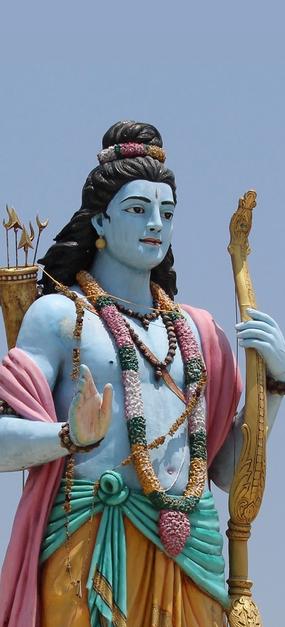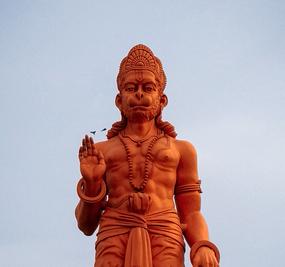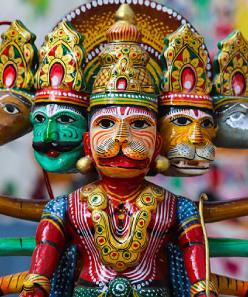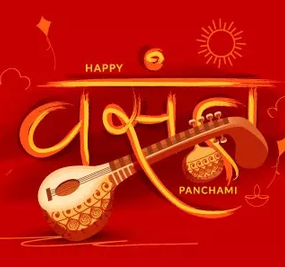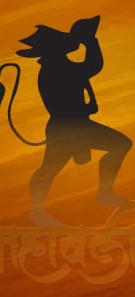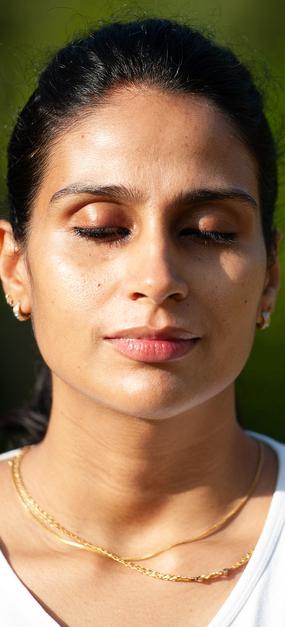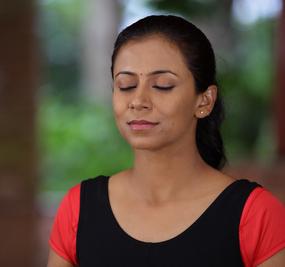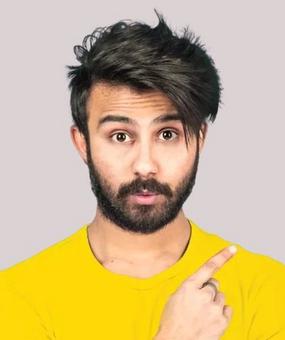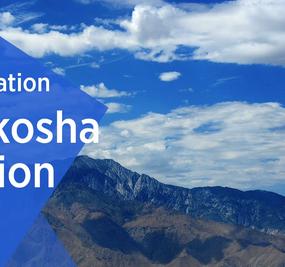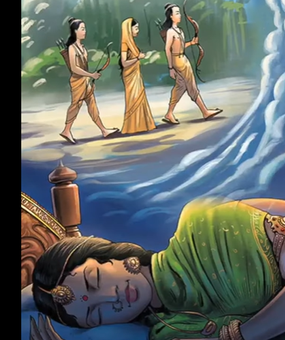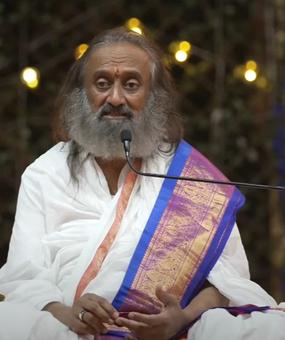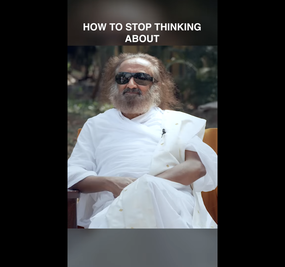Amazing facts about India.
“Uncanny visions arise in my mind:
of timeless evil, and a battle older than the earth,
which has been fought before on countless worlds, in forgotten ages.
Even after this battle of Lanka, the war shall be fought again and again;
until time ends, and dharma and adharma with it.”
Having arrived on the shores of Lanka, Rama speaks these words to Lakshmana as if in a trance. Rama is alluding to his great destiny: to eradicate the evil of the age. This passage also emphasizes the deep and cyclical nature of time in Hindu cosmology; over long ages, events tend to repeat themselves.
Ramayana is indeed an ancient epic which is alive even today. The text is a richly-layered one, with well-etched personalities, and the breathless victory of good over evil. The many facts are wrapped within one another. Perhaps our modern lives find it difficult to even contemplate a time like that. Yet, it happened and like all great stories, there is much to re-live, again and again.
Even while the questions continue to amaze us, the answers will dazzle us even more.
1. Was Rama born on Ram Navami?
The date and time of Rama’s birth is determined as 12:30 pm on January 10, 5114 BCE. The date of Rama’s birth can be accurately calculated using a planetarium software.
If Rama was born on that date, why do we celebrate Rama Navami around March end-April mid? The reason for this is the concept of precision of equinox where one day is adjusted for every 72 years. Thus over a 7,200-year-period, it works to around 100 days between January 10 and April 15.
2. Did Rama rule for 11,000 years?
Some say Rama ruled for 11,000 years.
Rama went in exile when He was 25 years old. He returned to Ayodhya and was coronated when 39. After ruling for 30 years and 6 months post his coronation, when He was about 70 years old, Rama relinquished the kingdom.
dasha varsha sahasraani dasha varsha shataani ca |
raamo raajyam upaasitvaa brahma lokam prayaasyati ||
Ramayana – 1-1-97 1
It translates into: “After being in service of His kingdom for ten thousand years and another one thousand years, (i.e. 11000 years in total), Rama undertook His journey to the abode of Brahma… “
But Rama was said to have existed only 7,100 years ago in 5100 BCE. How do we reconcile the two?
This answer comes from the other epic, the Mahabharata.
“ahorātraṃ mahārāja tulyaṃ saṃvatsareṃa hi”
Mahabharata, verse 3-49-21
Meaning, for a Maharaja, a person who lives in accordance with dharma, a day is equivalent to a year. Taking the year to consist of 360 days and 12 months of 30 days each, 11,000 years in poetic form, gives us 30 years and 6 months as the number of actual years that Rama ruled over Ayodhya.
3. Was the Pushpak Vimana real?
The Pushpak Vimana of Ravana, in which Rama returned to Ayodhya from Lanka, after his victory over Ravana, was just one among the many vimanas.
The word vimana comprises vi, ‘the sky’ and mana, meaning, ‘measure’. Vimana is one that measures the sky as it traverses through it.
Facts about Ram
There are many stories in the Purana and in the epics Ramayana and Mahabharata that speak about vimana. There is a separate, technical literature available such as the Vaimanika Sastra by Maharishi Bharadwaja, which discuss the vimana from a technical perspective. It explains the Pushpak Vimana’s special capacity to contract (sankocha) or expand (vistrita) in size.
Maharishi Bharadwaj mentions about 120 different vimanas that were present in different times in different lands. He also gives glimpses of fuels used, aeronautics, avionics, metallurgy and other maneuvers that were deployed in flying these vimanas.
4. Did Ravana have many vimanas?
Yes!
Rama tells Lakshmana, as they fly over Lanka in the Pushpak Vimana, after the victory over Ravana.
Lanka shines on the earth
Studded with many Vimana
As if it is the capital of Vishnu
Covered with white clouds.
Ravana had six airports in his kingdom of Lanka.
- Weragantota in Mahiyangana: In the Sinhalese language, this word means a place for an aircraft to land.
- Thotupola Kanda at Hoton Plains: The word Thotupola means a port, a place that one touches during one’s journey. Kanda means rock. Thotupola Kanda is a flat land over a rocky range at a height of 6,000 feet from sea level.
- Usangoda on the southern coast
- Wariyapola in Kurunegala
- Wariyapola in Mattale – the word Wariyapola is said to have been derived from Watha-ri-ya-pola meaning place for landing and takeoff of aircrafts.
- Gurulupotha in Mahiyangana – Gurulupotha in Sinhalese means parts of birds, indicating this to be an aircraft hangar or repair center.
The one other well mentioned vimana that was used by Ravana, is Dandu Monara. In the local Sinhalese language, Monara means Mayura, peacock and Dandu Monara means “that which can fly resembling a peacock”.
Found these facts fascinating? Equally fascinating is the mind and body. Discover yourself and the secrets of mind management at The Art of Living Meditation and Breath workshop.
Discover the fascinating facets of the mind & breath.
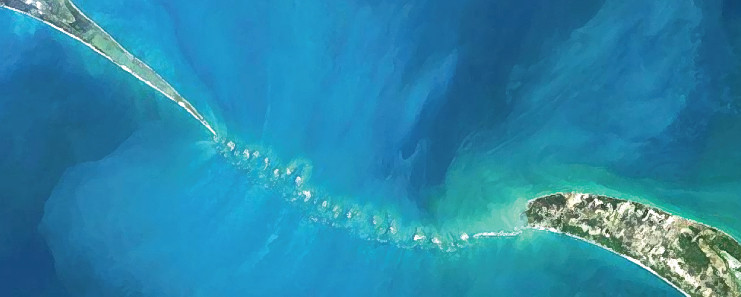
5. Was the Ram Setu truly built?
The battle of Ramanaya would have never been fought had Rama and his vanar sena or an army of monkeys had not crossed the sea and reached Lanka. It was impossible to reach without a land connection. And legend says the army of monkeys built a bridge for everyone to cross over.
Thousands of years later, space images taken by NASA reveal a mysterious ancient bridge in the Palk Strait between India and Sri Lanka.
Ramayana says yantraha or mechanical devices were used by the vanara or the monkeys to transport and pile trees, then huge boulders and finally smaller stones to create a causeway. It took five days and 10 million vanaras (monkeys) under the supervision of architects Neel and Nala to build the bridge. The dimensions of the bridge, when it was constructed was 100 yojana (yojana is a Vedic measurement of distance) in length and 10 yojana in breath, making it a ratio of 10:1.
A little-big story
The vanaras were writing Sri Rama on the stone and putting them in water. All the stones were floating.
It is believed: When the name of the Lord is with you, you will not sink.
When Rama saw this, He was so surprised and wanted to try it out for Himself. The stone which He wrote on sank. Rama was surprised.
A monkey who saw the whole scene started laughing and told Rama: ‘Those who you throw away from your hands, how they will float? They will only sink!’
Devotees are so much more powerful than the Lord himself!
– Gurudev Sri Sri Ravi Shankar
The bridge from Dhanushkodi in India to Talaimannar in Sri Lanka, as measured in present times is approximately 35 km in length and 3.5 km in breadth, a ratio of 10:1. Even today some floating stones are found on the coastal regions of Rameshwaram. Science has not been able to explain this phenomenon.
The study of oceanography suggests the Ram Setu is 7,000 years old. And the carbon dating of beaches near Dhanushkodi sync with the date of the Ramayana.
6. What did Kaushalya tell Rama before He left for exile?
Before going into exile, Rama goes to meet His mother, Kaushalya, and seeks her permission to leave for the 14-year vanavasa (exile). A conversation takes place between them. This happened on January 5, 5089 BCE.
Kaushalya said, “If it is your father who has exiled you, I can overrule him.”
In days of yore, queens had the authority to overrule the king’s order. This was true, for a Rani or Maharani, who sat on the throne, simhasana, along with the King, Raja.
Kaushalya is said to have continued: “But if it is Kaikeyi who has decreed, then you must go. Certainly, she would have your best interest in mind.”
7. Did Valmiki meet Rama when writing the Ramayana?
Valmiki, the author of Ramayana, composed the Ramayana ithihasa, in the lifetime of Rama Himself. The twin sons of Rama, Luva and Kusha, narrate the story to Rama, thus validating the events. The Ramayana legend is an itihasa, meaning it thus happened.
In a quest to meet a righteous person, Valmiki met with Narada and asked him: “Who is the greatest man who ever lived?”
Narada then narrates the story of Rama in a few lines. Valmiki compiles information about Rama from people who interacted with Him. Valmiki starts writing the story in poetry, scripting Ramayana. Valmiki later gives shelter to Sita and teaches Luva and Kusha at his ashram.
Only Valmiki’s Ramayana is called itihasa while the other Ramayana texts such as Goswami Tulasidas’ Ramacharitramanas, Kalidas’ Raghuvamsa, Kambar’s Ramayanam are called kavya ( great poetical works).
8. Did Ram have to atone for killing Ravana?
Ravana was also considered a brahmin, scholar, because of his scholastic qualities. Rama therefore had to perform brahmana vadham prayashchitham, i.e., an atonement for killing a brahmin. Hence after His coronation, He visited Devprayag along with his brother to atone for having killed Ravana, a learned scholar. Devprayag is in Uttaranchal, in the Northern parts of India.
Even today, Devprayag, in local tradition, continues to be a spot of pilgrimage, for people to offer their tributes to departed souls and ancestors.
9. Did Kapadapuram exist?
When Sugreeva dispatched another set of vanaras to the South and instructed them to search for Sita in the following locations:
“Search the Malayagir mountains, you will find Rishi Agastya there, then cross Kaveri river, then cross Tamaraparani river, then you will see the Golden Door of Kapada puram, Capital of Pandya Kings,”
– Valmiki Ramayanam – Kishkinda Khandam Chapter 41 – Sloka 14-18
Kapadapuram as a celebrated town of the second Tamil Sangam period. This town is now submerged in the sea as per the Tamil Sangam texts.
10. Who was Mandodari?
Mandodari was Ravana’s wife. She was the daughter of the renowned Mayasura, the great architect, mathematician, astronomer and skilled engineer. Mandodari is considered to be one of India’s illustrious Panchakanyas (pancha means five; kanya means lady).
In the Indian tradition, five women have been given the title of Panchakanya for their ideal lives. They are Ahalya, Sita, Mandodari, Draupadi, and Tara.
Based on book excerpts by @bharathgyan. This research team, led by a passionate husband-wife duo – Dr. DK Hari and Dr. Hema Hari, unearth some of India’s untold stories and make them contemporary. You can click here to buy any of their books on Indian civilisation.



